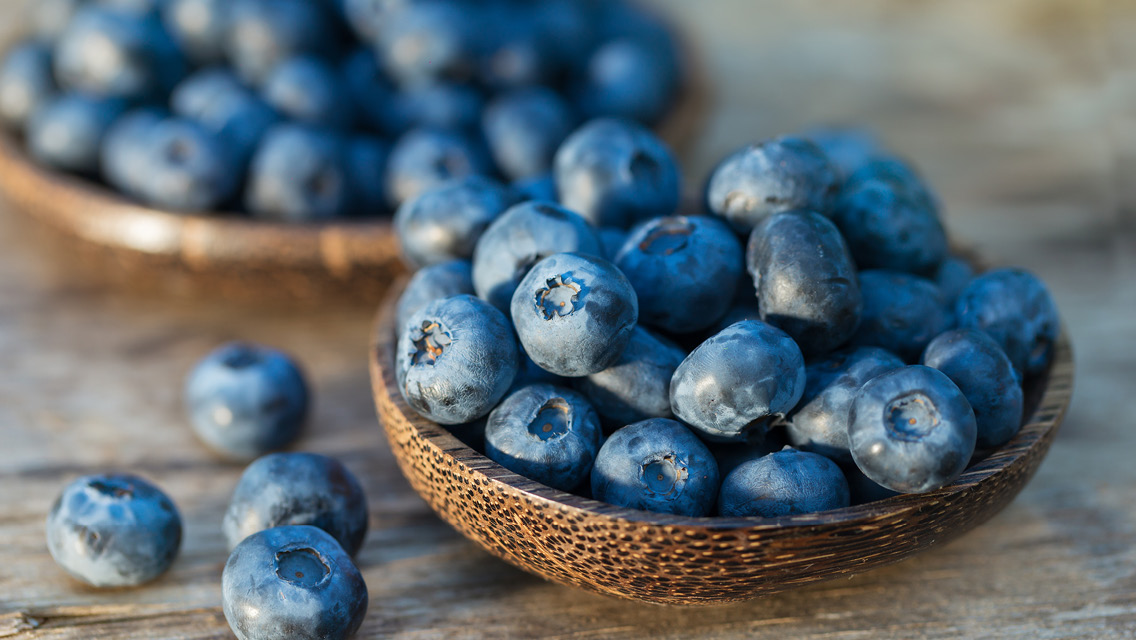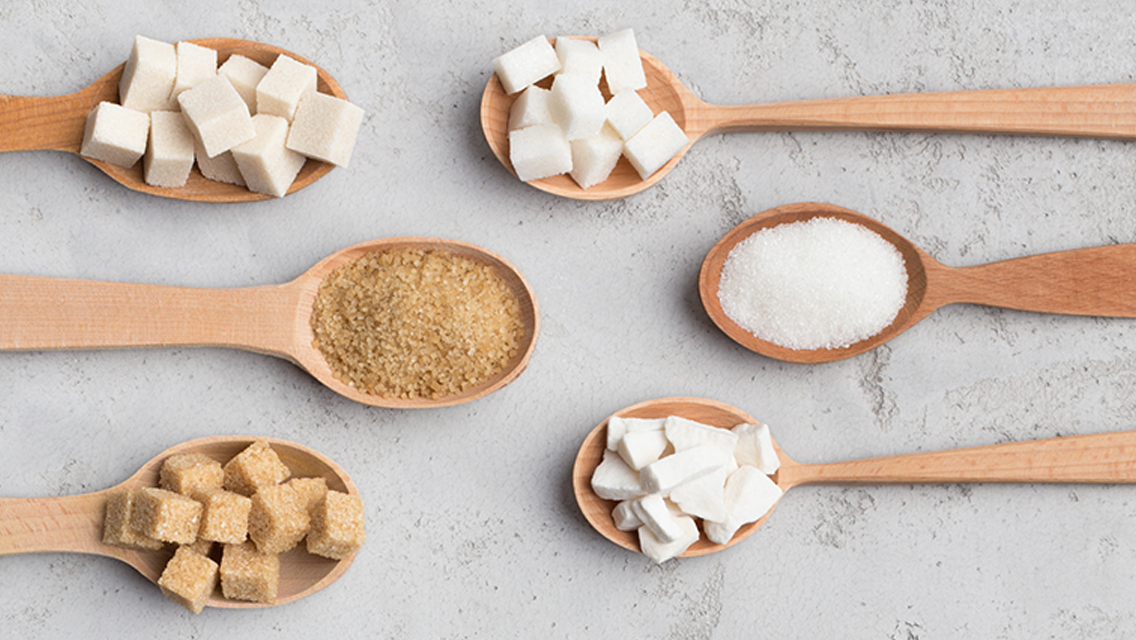Fair warning: If you are drinking a diet drink, munching on chicken-flavored crackers or enjoying a fast-food lunch while you’re reading this, odds are good that you’ll toss them out by the time you finish the article.
Why?
Because many low-calorie sodas, highly flavored snacks and processed foods of all kinds contain substances known as excitotoxins – substances that could very well be doing a serious number on your health.
Excitotoxins are a class of chemicals (usually amino acids) that overstimulate neuron receptors. Neuron receptors allow brain cells to communicate with each other, but when they’re exposed to excitotoxins, they fire impulses at such a rapid rate that they become exhausted. Several hours later, these depleted neurons die. Scientists have noted this effect particularly in the hypothalamus and temporal lobes – the parts of the brain that control behavior, emotions, onset of puberty, sleep cycles and immunity.
But brain cells aren’t the only parts of our bodies that are being revved up. Excitotoxins also do a very good job of exciting our taste buds. And that makes them very attractive to the food industry.
The chemicals in excitotoxins stimulate the taste cells in the tongue, causing the flavor of the foods we eat to be greatly enhanced. Soups, snacks, sauces, gravies, many low-fat and vegetarian processed foods – manufacturers often pack them with “flavor enhancers” in an effort to make them taste irresistible.
Although excitotoxin poisoning has gotten much of its recent publicity under the rather misleading title, “Chinese Restaurant Syndrome,” the fact is, American processed foods – from McDonald’s to Weight Watchers to Campbell’s soup – are just as likely to contain excitotoxins like mono-sodium glutamate (MSG) and aspartame (NutraSweet® or Equal®). And according to many experts, these same foods are just as often to blame for the headaches, water retention, skin problems and other health complaints that some consumers experience.
One such consumer is Tom Kleffman. A graphic artist who lives in Navarre, Minn., Kleffman was in college when he ate a piece of cheddarwurst that made him sick. Hoping to make him feel better, his roommate fixed a bowl of ramen noodles. Soon after, Kleffman’s heart rate spiked to 220. He passed out and was rushed to the emergency room, where he was referred to a food allergist who diagnosed him with a reaction to MSG.
At the time, Kleffman didn’t understand how much his sensitivity was going to change the way he lived. In addition to avoiding the offending cheddarwurst and ramen noodles, Kleffman now eats no processed or prepared foods and rarely dines at restaurants because so many of them use MSG. “I had to learn how to cook,” says Kleffman, who now subsists on a much healthier diet of fresh foods.
Most people aren’t nearly as sensitive to excitotoxins as Kleffman, but many people do experience headaches (including migraines), rashes and “hangover” symptoms after consuming foods that contain them.
The problem is that if you regularly eat at restaurants, snack on chips, or drink diet drinks and other commercial sugar-free treats, it’s quite likely that you regularly consume significant quantities of these substances, so you may not be aware of which specific foods or drinks are causing your reactions. The other problem is, excitotoxins are so prevalent in modern industrial foods they’re almost impossible to avoid.
Safe or Insidious?
Excitotoxin substances have long been used by food manufacturers to pump up the flavor of their products, and food manufacturers continue to insist they are safe. But in recent years, many health experts have regarded both excitotoxins and manufacturers’ assurances with increasing concern.
The Center for Science in the Public Interest (CSPI) has put both aspartame and MSG on its list of food additives to avoid (for details, see www.cspinet.org). Hundreds of other grass-roots health-advocacy sites – many with names like www.aspartamekills.com, www.nomsg.com and www.msgmyth.com – even more forcefully decry the idea that these substances are harmless. And while the Web is an infamous source of alarmist misinformation, it’s not just a pack of paranoid health extremists who are voicing concerns.
Now a growing body of research from animal studies is giving evidence to what may have previously been viewed as misguided hysteria. Much of this research strongly suggests that regularly consuming excitotoxins over an extended period of time can destroy significant numbers of brain cells and lead to serious health problems, including seizures and strokes. According to Russell L. Blaylock, a neurosurgeon and author of Excitotoxins: The Taste That Kills, excitotoxins have also been linked to human neurological disorders such as multiple sclerosis, Alzheimer’s disease and Parkinson’s disease.
Everyday Excitotoxins
Small amounts of MSG are found naturally in many common foods such as seaweed, mushrooms, whole grains, carrots, meat, nuts and cheese. In its natural state, however, MSG is slowly assimilated by the human body and broken down so that the levels of concentration are kept low.
The MSG in processed foods, on the other hand, is highly concentrated. And when people eat these foods, says Blaylock, they unwittingly bombard their brain cells with excitotoxins in large enough quantities to cause real trouble. (For a list of common MSG symptoms, see “Are You Reacting to MSG” below.)
Aspartame is used primarily in sugar substitutes like NutraSweet and Equal, which are common in many diet soft drinks, sugar-free candies and gum. According to the Food and Drug Administration (FDA), there are more than 90 documented symptoms of aspartame toxicity, ranging from mild headaches to comas, and even death. Other aspartame-related conditions include muscle, tendon and ligament pains; cramps; vertigo and ringing in the ears.
The FDA also warns that certain people with the genetic disease phenylketonuria (PKU), those with advanced liver disease, and pregnant women with hyperphenylalanine (high levels of phenylalanine in their blood) have a problem with aspartame because they do not effectively metabolize the amino acid phenylalanine, one of aspartame’s components. High levels of this amino acid can cause severe central-nervous system distress and brain damage.
And there are other problems.
Once inside the body, aspartame changes chemically into formaldehyde, a substance that is grouped in the same class of poisons as cyanide and arsenic.
Once inside the body, aspartame changes chemically into formaldehyde, a substance that is grouped in the same class of poisons as cyanide and arsenic. And when a product containing aspartame is heated to more than 86 degrees (for example, artificially sweetened hot cocoa), a brain-cancer-causing by-product called diketopiperazine is formed.
The food industry and the FDA argue that in the case of both MSG and aspartame, a person would have to consume an enormous amount of excitotoxins to cause serious ill effects. But Blaylock asserts this isn’t necessarily true. His book cites research suggesting that “the amount of MSG in a single bowl of commercially available soup is probably enough to cause blood glutamate levels to rise higher in a human child than levels that predictably cause brain damage in immature animals.”
The food industry, meanwhile, suggests such claims are irresponsibly alarmist, and counters that the “blood- brain barrier” – a protective biological system that’s supposed to prevent bloodstream toxins from entering the brain and damaging cells – mitigates the potential dangers of excitotoxins. However, according to Blaylock’s research, several studies found that measurable levels of excitotoxins have been found inside the brain following ingestion of both aspartame and MSG.
Blaylock points out that the blood-brain barrier can be weakened by many factors, including diabetes, aging, head injury, hypertension, strokes and brain tumors, certain drugs, neurodegenerative diseases and even exposure to pesticides and radio frequencies. He believes this also may explain why people with these conditions are even more susceptible to the effects of excitotoxins than the average population.
How Much Is Too Much?
Blaylock says that the real excitotoxin threat isn’t from ingesting abnormally huge amounts from isolated, rare sources – it’s the steady stream of excitotoxins that we get daily from various foods and drinks. “During the day,” he explains, “you often are mixing excitotoxins from multiple food sources as well as the natural excitotoxins that are released by food processing. So your total dose during a 24-hour period can be substantial.”
While large doses of excitotoxins actually kill brain cells, that is not the only way in which they do harm. According to Blaylock, physiological problems have arisen from cells that survive exposure but are nonetheless compromised. “You can lose billions of these nerve connections without the destruction of the cell, but damage is still being done,” he says.
What makes one person more resistant to excitotoxins than another depends upon his or her natural ability to produce a high amount of antioxidants, which help to build up resistance to excitotoxins and thus give the damaged nerve connections time to recover.
Reaction times vary, too. While some people react immediately after consuming excitotoxins, it may take up to 72 hours for others to notice that they are having a reaction. As noted, the symptoms themselves also vary widely, ranging from a simple skin rash to severe depression. Headaches, however, are by far the most commonly reported side effect.
Experts agree that children are more susceptible than adults to excitotoxin damage.
If you have a poorly functioning immune system and a less than desireable diet, Blaylock believes you are at a higher risk for reaction to excitotoxins.
Experts agree that children are more susceptible than adults to excitotoxin damage. A child’s brain is four times more sensitive to excitotoxins than an adult’s brain, according to research by John W. Olney, MD, a neuroscientist at Washington University in St. Louis. Although any permanent brain damage will not be evident until the child is more mature, other common, more immediate reactions include behavioral disorders such as Attention Deficit Disorder (ADD) and Attention Deficit Hyperactivity Disorder (ADHD), impaired learning, stomach cramps, depression and nausea.
Fight Back
So now you’ve probably poured that drink down the drain, and maybe you’re worrying that you’ve compromised your health forever. Don’t panic. Even people with impeccable eating habits are exposed to excitotoxins in some form. As with many pleasurable foods, deciding what you put into your body is a matter of balancing choices.
If you eat a predominately healthy diet and you’re not particularly sensitive to MSG, then a can of soup that lists MSG as the last ingredient on the label may not cause you much trouble.
But if you guzzle diet sodas every day and your idea of a snack is a chunk of MSG-laden sausage on an MSG-laden cracker, it might be a good idea to assess whether limiting or eliminating the excitotoxins in your diet will make you feel better. (To learn more about how to find out if your favorite foods contain MSG, “The Many Faces of MSG” below.)
The good news is that even if you have been consuming a diet heavy in excitotoxins, in most cases you can reverse physiological damages simply by avoiding excitotoxins and increasing nutrients that the brain uses to repair brain-cell connections. How?
First, use common sense. Eating a diet of unprocessed foods is a sound plan for anyone wanting to feel healthier. Get smart about identifying various forms of MSG and what kinds of foods are likely to contain excitotoxins.
Then avoid those foods and eat more antioxidant-rich foods that contain high amounts of vitamin A, C, and flavonoids. Green, leafy vegetables, including spinach, kale, broccoli, Brussels sprouts, and collard greens are rich in antioxidants, says Blaylock, as are many fruits such as prunes, blueberries, raspberries and blackberries. The spice turmeric is recommended, as are green, black and red teas.
Can nutritional supplements help repair excitotoxin damage? Blaylock says yes. He suggests taking the recommended daily dosage of several antioxidants such as vitamin E, vitamin C and Coenzyme Q10. He also endorses Acetyl L-carnitine, L-carnitine, taurine, lecithin and Alpha-Lipoic Acid and recommends that you consult with a physician or licensed nutritionist for specific dosages.
Blaylock cautions that if you want to see improvements, you need to both avoid excitotoxins and increase your antioxidant intake. “You can’t keep bringing in more excitotoxins and at the same time try to fight them,” says Blaylock. “It’s like if you have a hole in a boat: You have to plug the leak, not just bail water.”
Take the two-pronged approach and, particularly if you have sensitivities to exitotoxins, chances are good that you’ll notice positive changes quite quickly. “People who follow these guidelines often report a greater sense of well-being,” says Blaylock. “Most will see a change within two weeks.”
The Many Faces of MSG
As a general rule, the more a food is processed, the more likely it is to contain MSG. Foods that commonly use MSG include potato chips, flavored crackers, canned soups, dry soup mixes, canned meats, diet foods, soy sauces, salad dressings, cured meats and poultry injected with broth. But reading the labels won’t always help you.
When a food product is 99 percent pure MSG it is called “monosodium glutamate” by the FDA and must be labeled as such. However, when a food product contains less than 99 percent MSG, the FDA doesn’t require that the MSG be identified. So it often appears on labels in various disguised forms, such as “hydrolyzed vegetable protein,” “spices” and “natural flavoring.”
Here’s a quick list of potentially suspect ingredients to watch for (when in doubt, call the manufacturer to inquire).
Ingredients that may contain 30 to 60 percent MSG:
- hydrolyzed vegetable protein
- hydrolyzed protein
- hydrolyzed plant protein
- plant protein extract
- sodium caseinate
- calcium caseinate
- yeast extract
- textured protein
- autolyzed yeast
- hydrolyzed oat flour
Ingredients that may contain 12 to 40 percent MSG:
- malt extract
- malt flavoring
- bouillon
- broth
- stock
- natural flavoring
- natural beef or chicken flavoring
- seasoning
- spices
Ingredients that may contain some MSG:
- carrageenan
- enzymes
- soy protein concentrate
- soy protein isolate
- whey protein concentrate
- some soymilk
Are You Reacting to MSG?
George R. Schwartz, MD, author of In Bad Taste: The MSG Syndrome, believes there are three general categories of symptoms that result from MSG consumption:
Allergic Symptoms
- Rash
- Hives
- Asthma, shortness of breath
- Sneezing
- Running nose
Peripheral Symptoms
- Flushing
- Jaw tightness
- Headache
- Rapid heartbeat
- Chest tightening
- Diarrhea, stomach cramps
- Arthritis
Central (Brain) Symptoms
- Depression
- Insomnia
- Confusion
- Paranoia
Sources: FDA backgrounder #BG-9516 (available at www.cfsan.fda.gov/~lrd/msg.html) and In Bad Taste: The MSG Syndrome, by George R. Schwartz, MD.
This article has been updated. It was originally published online on March 2, 2003.




This Post Has 0 Comments